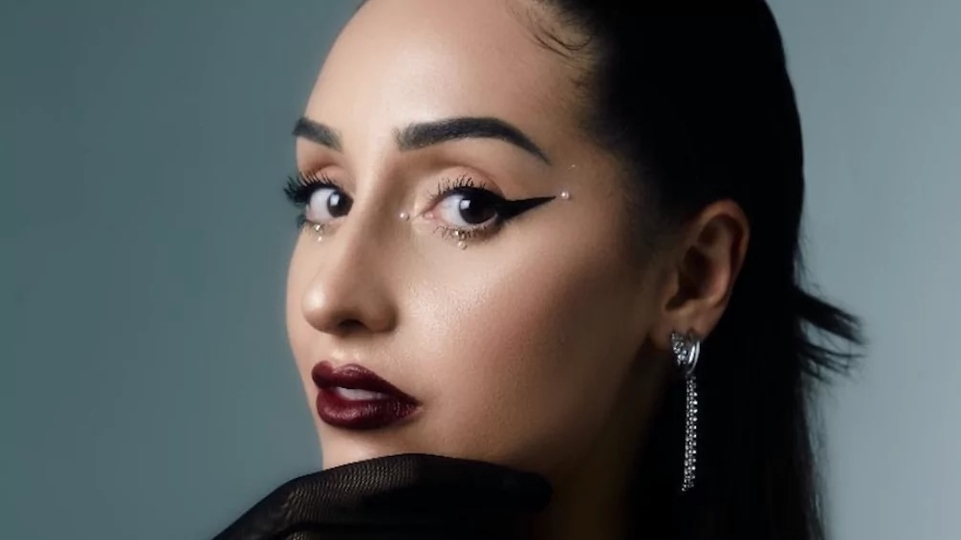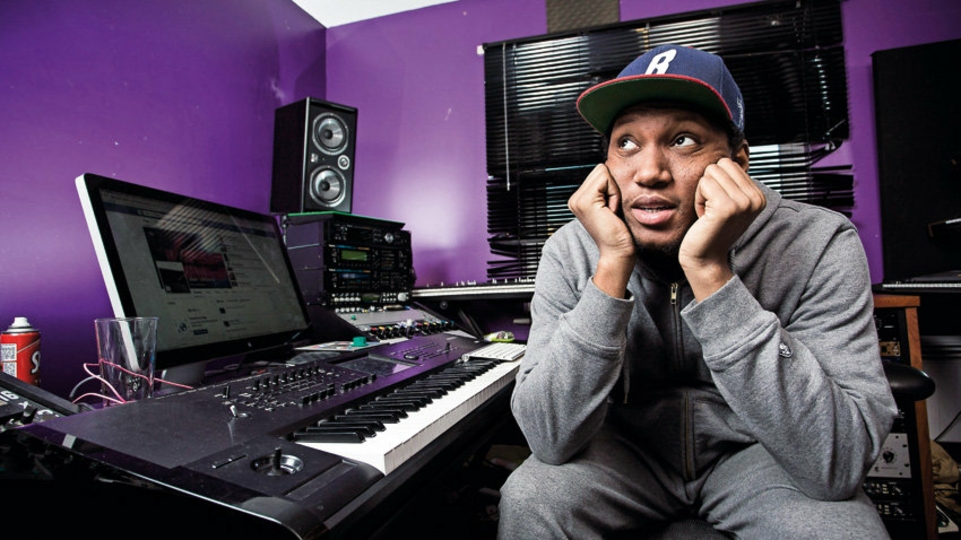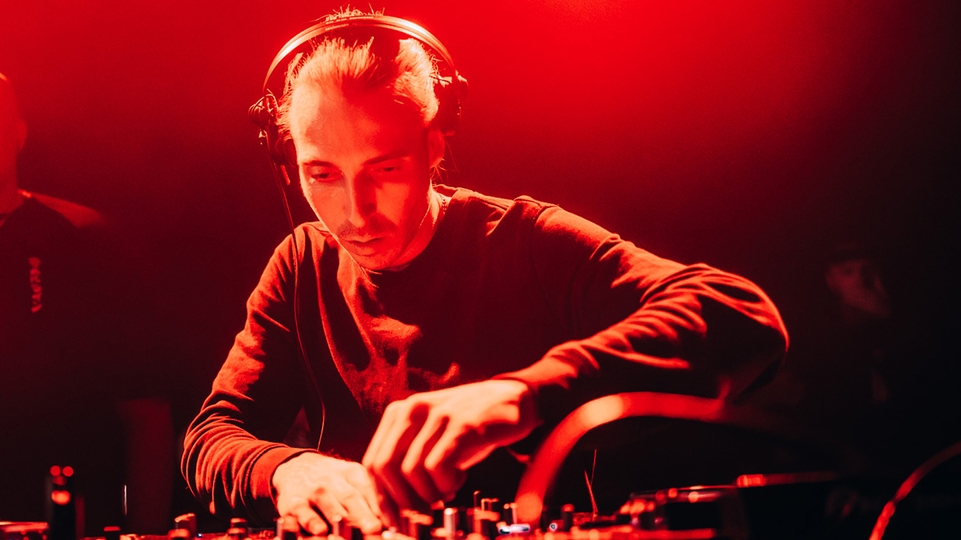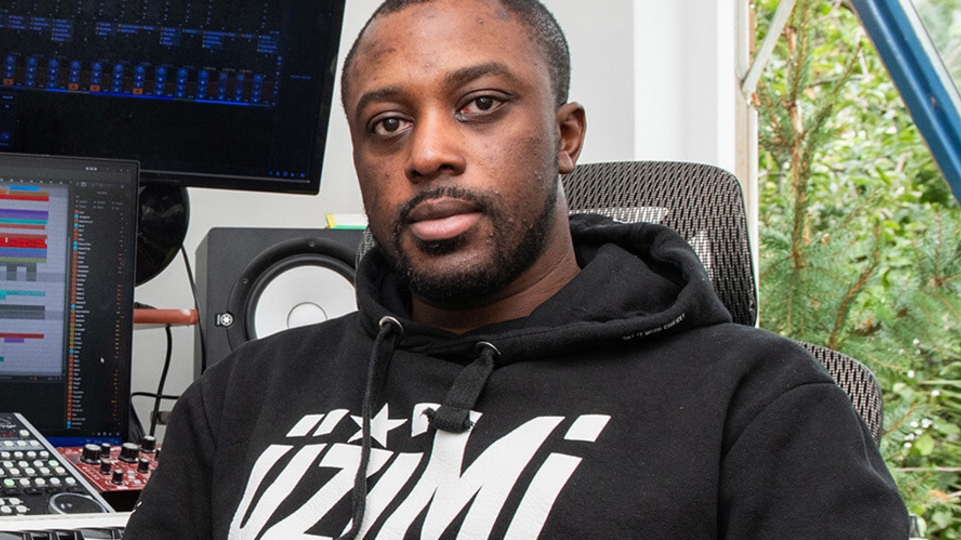
Drumz Of The South: these photos document dubstep’s early years
A new photography book, Drumz Of The South: The Dubstep Years 2004-2007 captures the early years of dubstep, depicting an important cultural moment in UK musical history. Charlie Bird talks to photographer Georgina Cook about the invention and excitement of the time, the influence of South London, and how that moment is influencing a new generation
Last year, in the run up to celebrating her 40th birthday, Georgina Cook reflected on Drumz Of The South; her project documenting South London’s music scene, 17 years ago. After a decade of trying to put something together, she was determined to turn her digital archive into a physical one. Finally finding the time to organise during the pandemic lockdown, she created a Kickstarter campaign to independently publish Drumz Of The South as a book, which garnered a positive response online.
“It feels like something that’s been made by hundreds of people and, in a way, I was just steering the ship,” Cook says, about publishing Drumz Of The South: The Dubstep Years 2004- 2007. She sees the fundraising effort as echoing the ethos of the original dubstep community, which largely existed on the Dubstep Forum and Myspace. “It was reminiscent of that time. All the stuff made back then was people just getting on and making it themselves with a community around them, it was all DIY.”
With the help of the internet, music scenes blow up and morph at an increasingly fast pace. As a physical document of a nascent sound, Drumz Of The South shows the importance of archiving the beginnings of a small subculture which went on to alter the course of electronic music history. “There are so many incredible things that happen artistically and if they go undocumented, they might never be seen or heard about in the future,” says Cook. “The mainstream press covers a fraction, a tiny sliver of what’s actually going on.”
Community
Drumz Of The South is a visual representation of the scene by someone who was immersed in it, capturing the jubilant crowds, pioneering DJs and pirate radio stations from the front line. “Community is the key message of the book. I don’t think I was consciously capturing it, I was just part of it. It was humble beginnings, and now it’s a hugely global thing.”
By narrowing the time frame to three years between 2004-2007, the book has a local perspective, before dubstep became a worldwide phenomenon and the derivative ‘brostep’ style took hold. As you get further through the book, there are noticeable changes; watching the scene grow, week-by-week. “You begin to see the dancefloors filling up, and more of a gender balance. You start to see more expression and movement in the way people dance, with bass-faces and gun-fingers.”

“I always say that dubstep had one foot firmly rooted in analogue and one firmly rooted in Web 2.0. There was still a physical presence with soundsystems, dubplates and flyers, but there was also a whole online ecology that supported the music and helped us all to communicate with each other” — Georgina Cook
Georgina first picked up the camera to capture her friend’s punk band, citing the legendary rock & roll photographers like Pennie Smith and Jill Furmanovsky as early influences. Like many others in the dubstep scene, Georgina grew up listening to jungle, drum & bass and garage. As her interest in dance music grew, influential drum & bass documenters Cleveland Aaron and Eddie Otchere became a point of reference for her photography.
Following in their footsteps, Georgina found herself an opportunity to capture Grooverider for South London Press. Growing up in South Norwood, Georgina was a short journey away from the creative hubs south of the river. “I could get to Brixton, Crystal Palace and Croydon easily. South London was just insanely good for music at the time. Dubstep came along and I thought it couldn’t get any better. How could you not be inspired? I think there’s something in the water in South London,” she says.
One night driving around South London with Mala, he played ‘B’ over the car stereo, a track he produced with Coki as Digital Mystikz, dubbed by some at the time as the ‘Croydon Sound’. The rolling sub-bass, skippy percussion and dark, engulfing energy, reminiscent of garage and early grime yet distinctive, hooked Georgina in.
Armed with her camera, Georgina started to regularly attend FWD>> at Plastic People and DMZ at Mass. These two gatherings were crucial for the community, forging a sound during the embryonic stages of dubstep. Budding DJs, producers and clubbers would travel from all over the country to hear dubplates thundering out of the powerful soundsystems. “Everyone at FWD>> and DMZ was there for the music. It wasn’t about going out on a Friday night, getting trashed and chatting someone up. That was what the other club nights were for,” Cook remembers.


Web 2.0
Originally having the tagline “Music is a journey, life is just something that happens along the way”, Drumz Of The South started as an A4 newsletter, then became a regular online blog.
“As soon as I found out about blogging, I jumped on it. It was a really delightful way of documenting the scene. I’d go home at seven in the morning after DMZ, edit my blog and link it to the forum,” she says.
Akin to grime, the growth of dubstep was aided by the advent of Web 2.0 technology, which facilitated sharing files, writing blogs and being part of forums. Online, dubstep was embraced across borders, from Europe to the US. As well as comments on comical pictures of Skream, Georgina would receive messages from dubstep fans from all corners of the world, thanking her for visualising the sound.
“I always say that dubstep had one foot firmly rooted in analogue and one firmly rooted in Web 2.0. There was still a physical presence with soundsystems, dubplates and flyers, but there was also a whole online ecology that supported the music and helped us all to communicate with each other. We all went on the Dubstep Forum, among other places, [which supplemented] the offline community that you would meet at FWD>> and DMZ.”
As you flick through Drumz Of The South, pictures of illuminated droplets on car windscreens and the glowing, orange hues of lamps lighting up empty streets sit alongside Youngsta playing a Mala dubplate at FWD>> and revellers sparking cigarettes while deep in the dance. Although the stillness of the morning’s early hours may contrast starkly with chaotic compositions of the dancefloor, Georgina explains how they reflect each other.

“There’s something about South London with its hills, parks and space that is reflected in the music of that time. Dubstep is quite spacious. The ghost notes are just as important a part of the rhythm as the beats and the basslines” — Georgina Cook
“I always felt a connection between the music and the built environment. The environment was just as important to me; it showed the wider context of where the music comes from and where I was listening to it,” Georgina says. “There’s something about South London with its hills, parks and space that is reflected in the music of that time. Dubstep is quite spacious. The ghost notes are just as important a part of the rhythm as the beats and the basslines.”
Burial’s eerie soundscapes exemplify this use of liminal space. “Burial absolutely captures the environment and brings it into his tracks. My photos were a visual attempt at doing what Burial does.” Georgina talks of one photograph of a bagel shop on Walworth Road — which is next to South London Press, her first place of employment. “Everyone knows about the Brick Lane bagel shop, and we would go there after FWD>>. But all of us South Londoners would go to this bagel shop and get Guinness punch. It’s a symbolic photo.”
Another shot that stands out is a spread of Mala dropping ‘Midnight Request Line’ in front of JME, Jammer, Wiley and Skepta, with Skream himself in the corner. “It was a really amazing moment when he played that, because it was a game changer. You can see it in the expressions of the crowd. It was one of the first ones that came up and spread elsewhere,” Cook remembers.
After the BBK crew heard ‘Midnight Request Line’ being pumped out the soundsystem at FWD>>, the track crossed over to their own sets. Skepta infamously asked DJ Maximum to wheel it up on the radio, before proclaiming that he wanted £500 for helping the track to blow up.
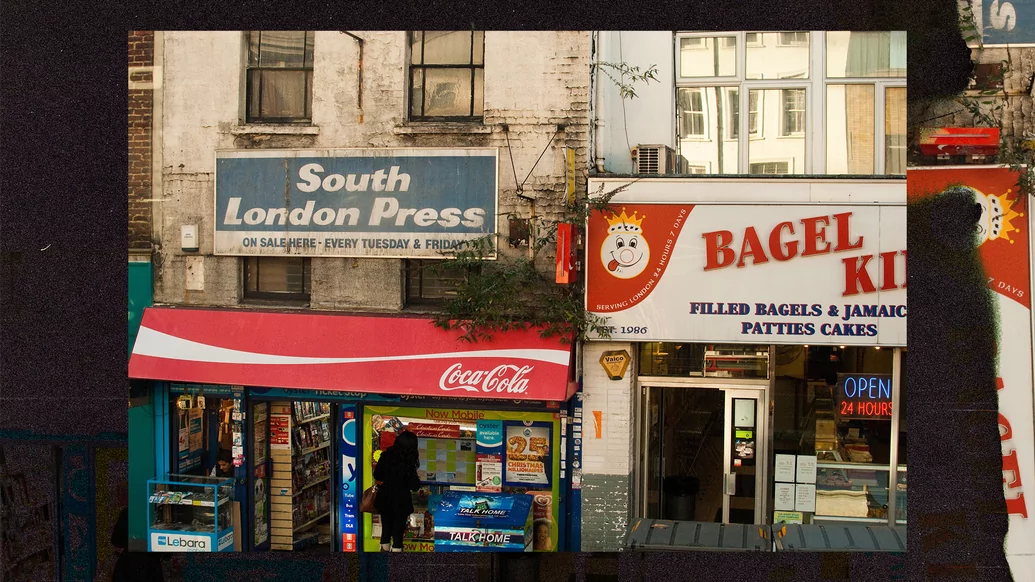
Cycles
After receiving messages from twenty-somethings, writing about their introductions to dubstep, Georgina talks about the cyclical nature of music trends, as the 20-year anniversary of her archive approaches.
“The early dubstep sound is fascinating to this new generation, in the same way that I was interested in the music of my parents’ generation. It is really what I have got out of this, a connection to this new generation who are into it. It’s nice that there’s now something out there that will show people where it started from,” she says reflectively.
Speaking of the similarities between generations: how has the UK scene changed since Cook’s days in Big Apple Records and the Rinse FM basement? “I think dance music is more genre-less now,” Georgina says. “When I went to see 6 Figure Gang at Electric Brixton, DJ Storm and Sicaria Sound were also on the line-up. There were no men. It was insanely good and the music was so diverse, which absolutely exemplifies where music is at today. I was so blown away by that event, I came home thinking if this is what this generation is doing, I feel positive and optimistic.”
As a key member of the scene and contributor to Drumz Of The South, Martin ‘Blackdown’ Clark wrote on his blog in 2004, “if grime is the voice of angry urban London, dubstep is its primary echo, the sound of dread bass reflecting off decaying walls”. Georgina’s raw depictions are testament to this. Etched into the collective memory of dubstep, Drumz Of The South is an authoritative document of a hugely influential movement in the UK’s musical history, and a poetic, visual description of the environment, people and spaces that made the scene.


